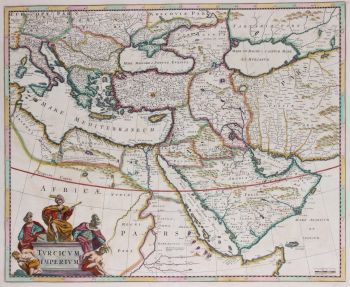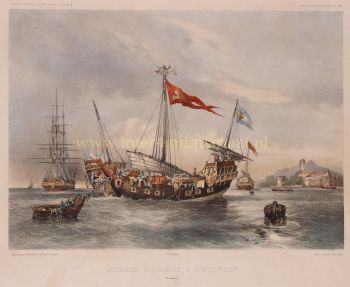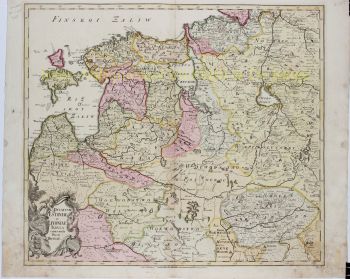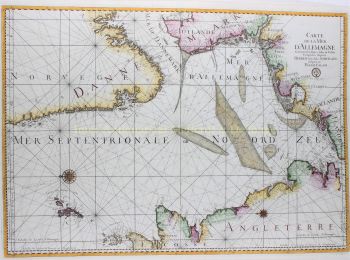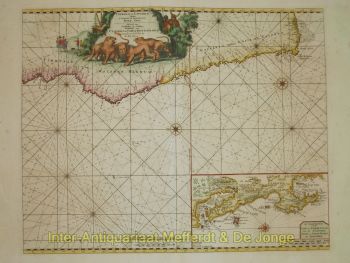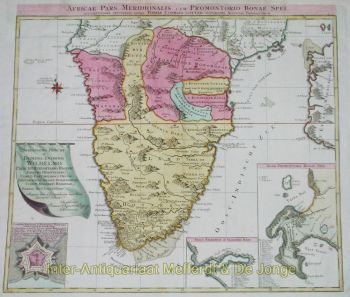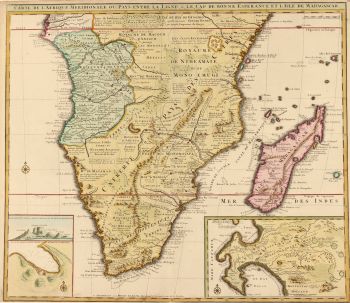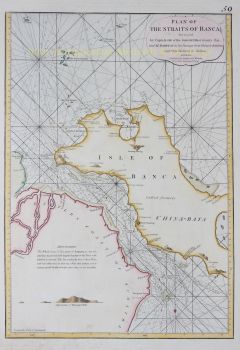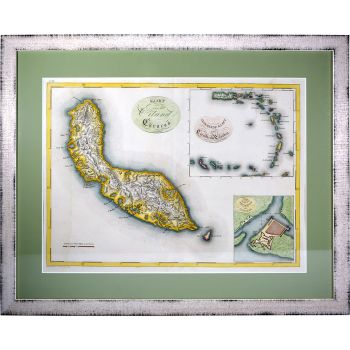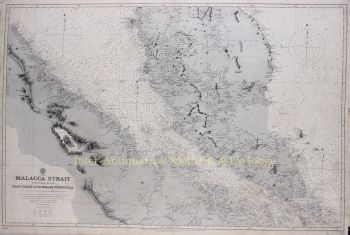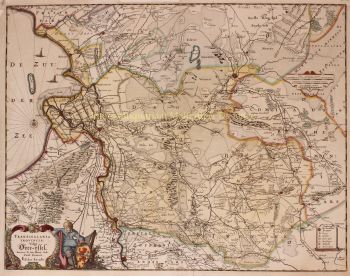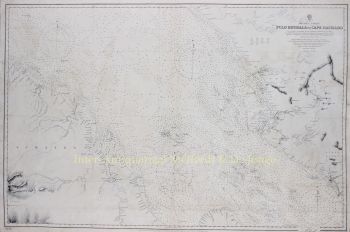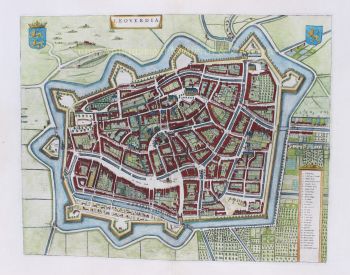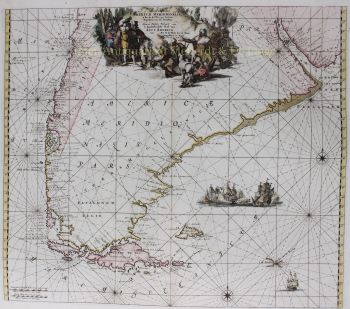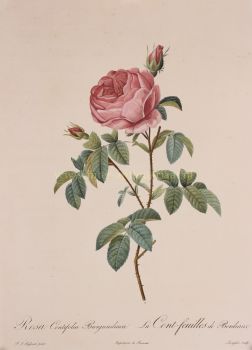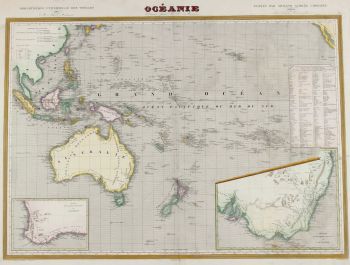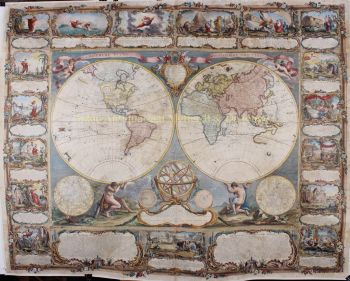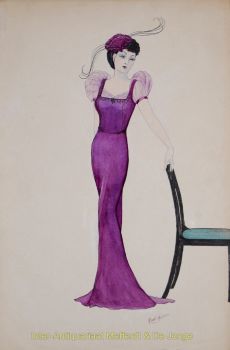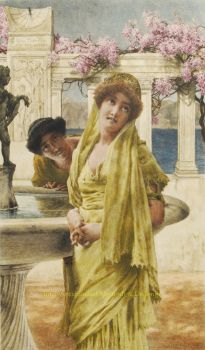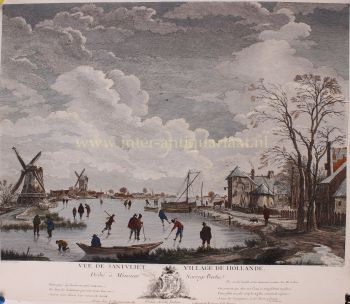Asia 1670
Frederick de Wit
€ 575
Inter-Antiquariaat Mefferdt & De Jonge
- About the artworkNICE EXAMPLE OF DE WIT'S MAP OF ASIA "Accuratissima totius Asiae Tabula in Omnes Partes divisa, de novo Correcta " [Newly corrected, very accurate map of Asia, divided in all parts], copper engraving published approx. 1670 by Frederic de Wit of Amsterdam. Coloured by a later (?) hand. Size: 49 x 58 cm. The extent of European knowledge of the region is depicted with good detail throughout the south and south east, based on the surveys of the Dutch East India Company, while northern and central Asia is filled mostly with mountains and forests and shows the coastline of Yedso [the island of Hokkaido] above Japan. The work of the Jesuit missionaries is reflected in the well-documented region of China. In the lower right corner there is the northern part of Hollandia Nova (Australia) and a hint of New Guinea. The large title cartouche shows a busy scene with traders and their cargo. The copper plate of Frederick de Wit's map was used by the Danckerts publishing family for a reprint a few years later. Price: Euro 575,-
- About the artist
Frederik de Wit was born Frederik Hendriksz. He was born to a Protestant family in about 1629, in Gouda, a small city in the province of Holland, one of the seven united provinces of the Netherlands. His father Hendrik Fredericsz (1608 – 29 July 1668) was a hechtmaecker (knife handle maker) from Amsterdam, and his mother Neeltij Joosten (d. before 1658) was the daughter of a merchant in Gouda. Frederik was married on 29 August 1661, to Maria van der Way (1632–1711), the daughter of a wealthy Catholic merchant in Amsterdam. From about 1648 until his death at the end of July 1706, De Wit lived and worked in Amsterdam. Frederik and Maria had seven children, but only one Franciscus Xaverius (1666–1727) survived them.
By 1648, during the height of the Dutch Golden Age, De Wit had moved from Gouda to Amsterdam. As early as 1654, he had opened a printing office and shop under the name "De Drie Crabben" (the Three Crabs) which was also the name of his house on the Kalverstraat. In 1655, De Wit changed the name of his shop to the "Witte Pascaert" (the White Chart). Under this name De Wit and his firm became internationally known.
Are you interested in buying this artwork?
Artwork details
Related artworks
- 1 - 4 / 4
Unknown artist
A large wall map of Asia by Nicolas de Fer 1647 - 1720
Price on requestZebregs & Röell - Fine Art - Antiques
1 - 4 / 24- 1 - 4 / 12




